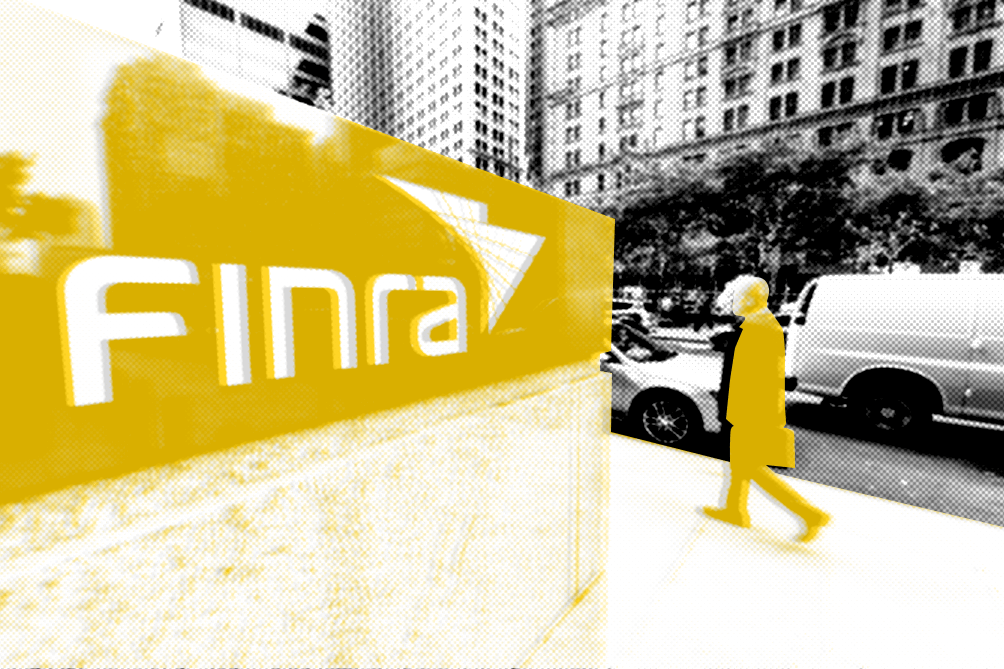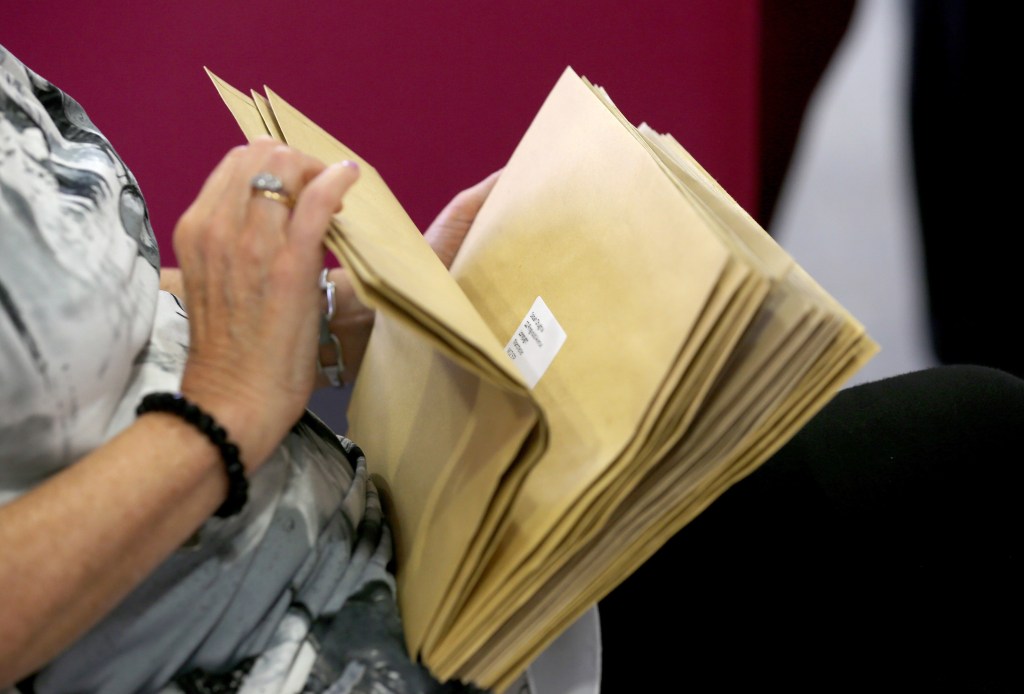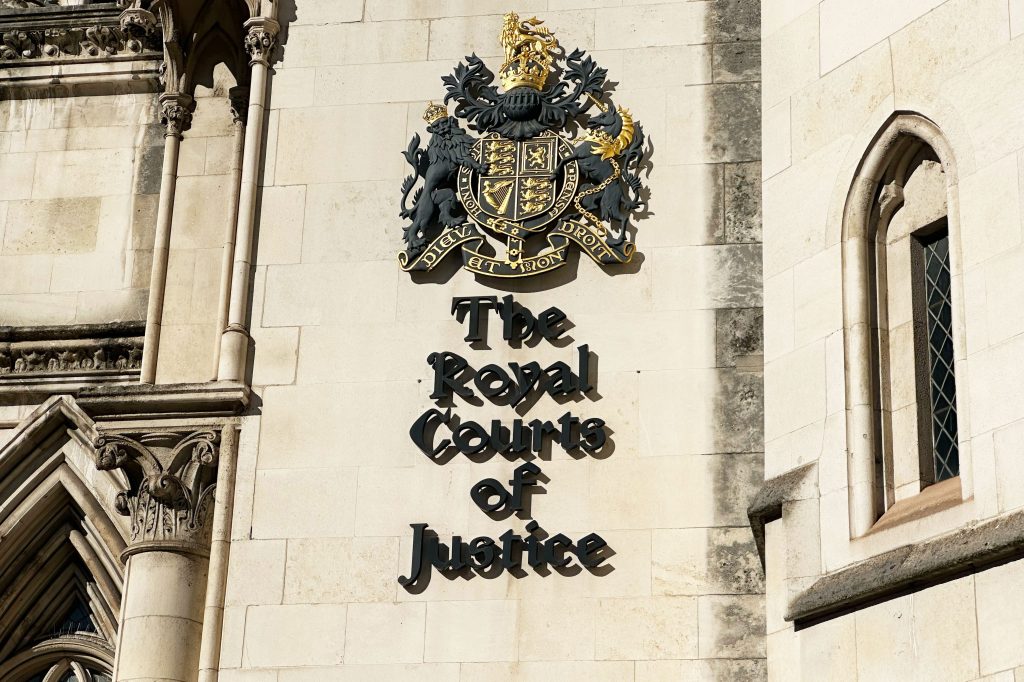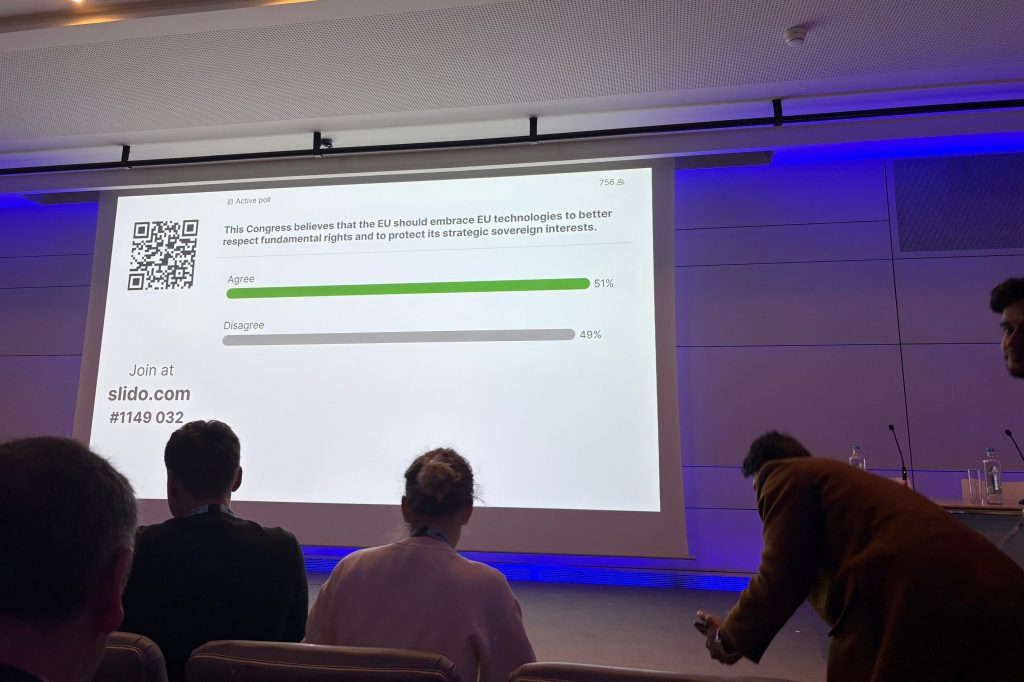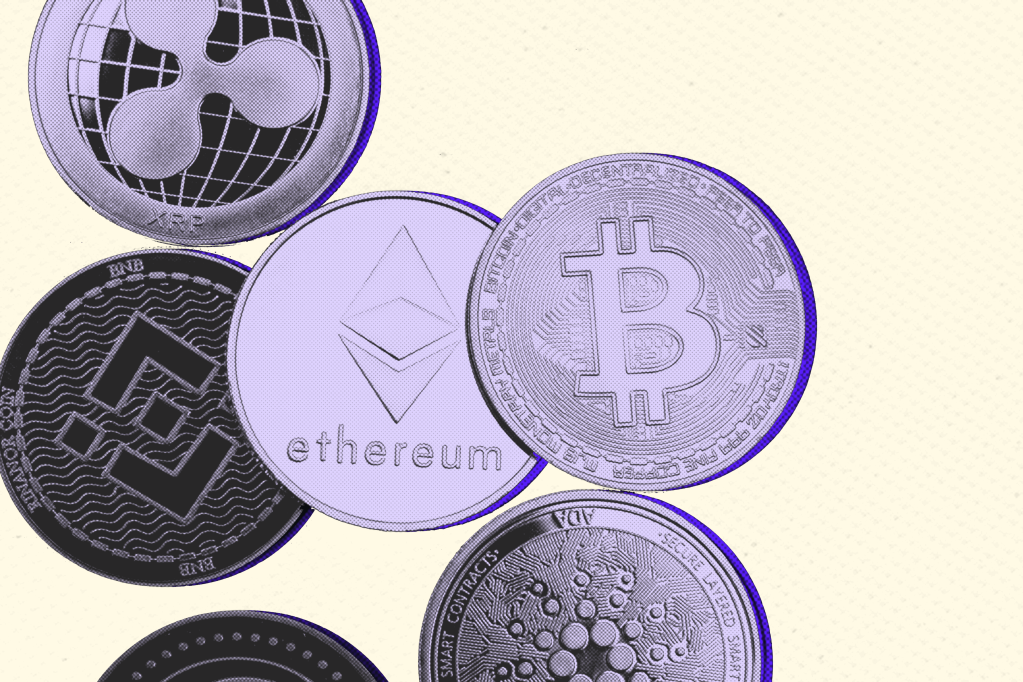If you thought stablecoins were the hottest and the latest breakthrough on the crypto scene then you may have some catching up to do, as investors are already looking beyond the currency-pegged digital assets.
As reported by the FT, there is a growing interest in tokenized versions of money
Based
Register for free to keep reading.
To continue reading this article and unlock full access to GRIP, register now. You’ll enjoy free access to all content until our subscription service launches in early 2026.
- Unlimited access to industry insights
- Stay on top of key rules and regulatory changes with our Rules Navigator
- Ad-free experience with no distractions
- Regular podcasts from trusted external experts
- Fresh compliance and regulatory content every day

